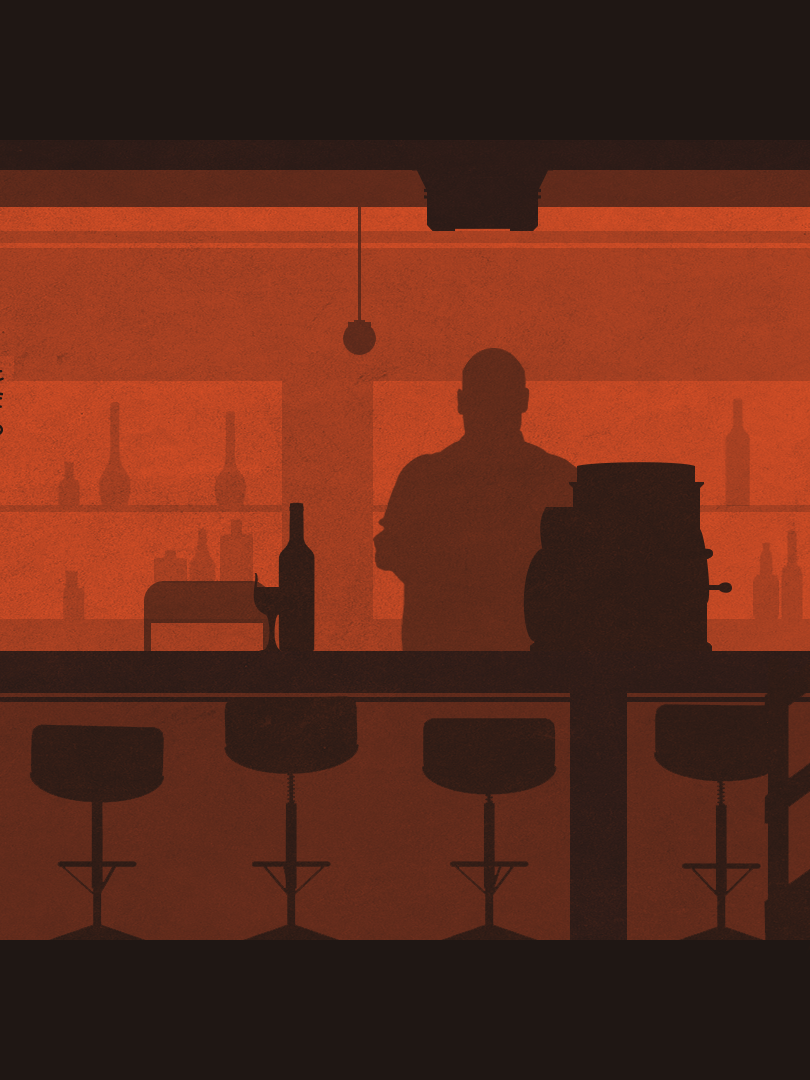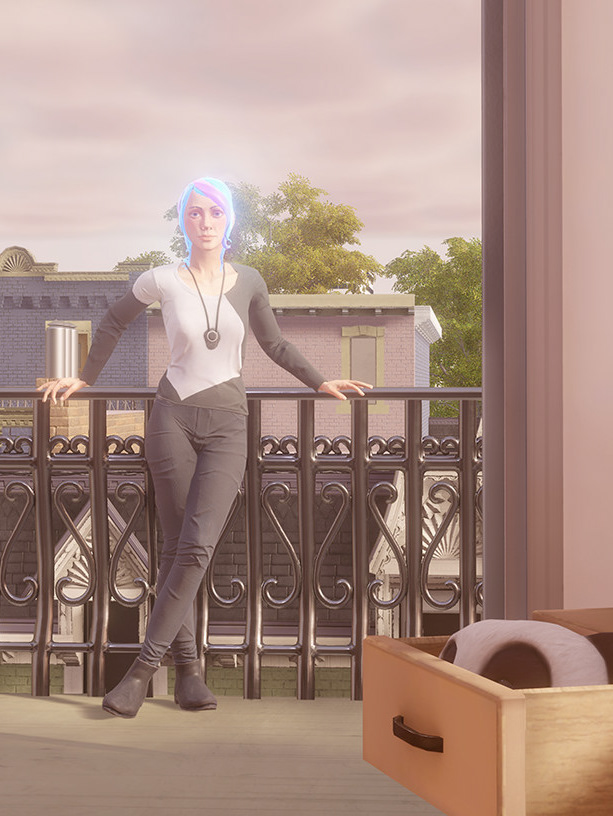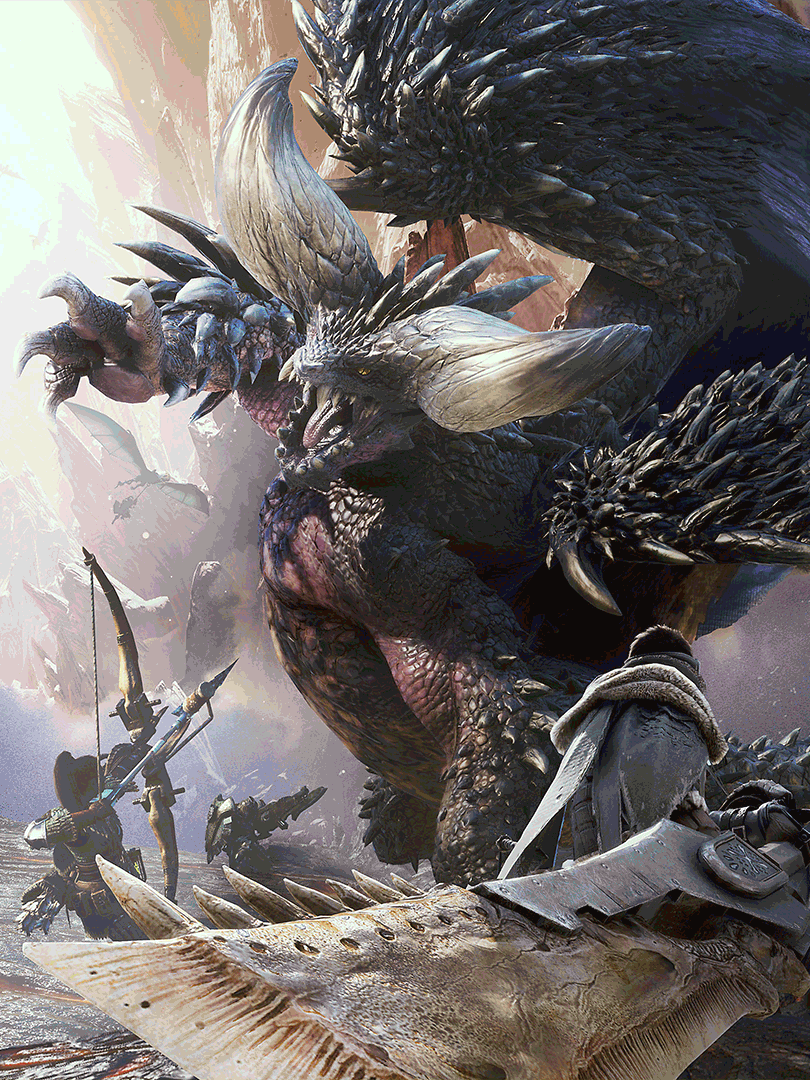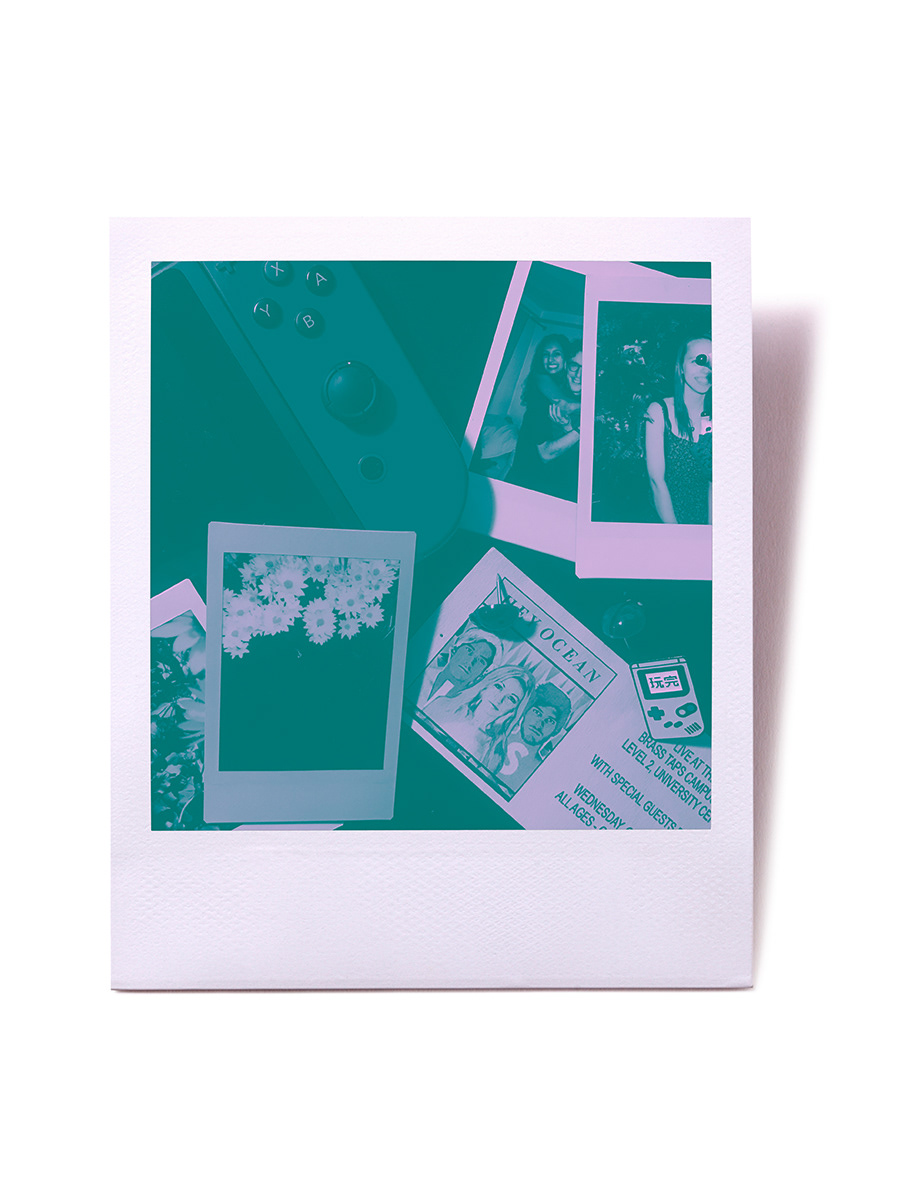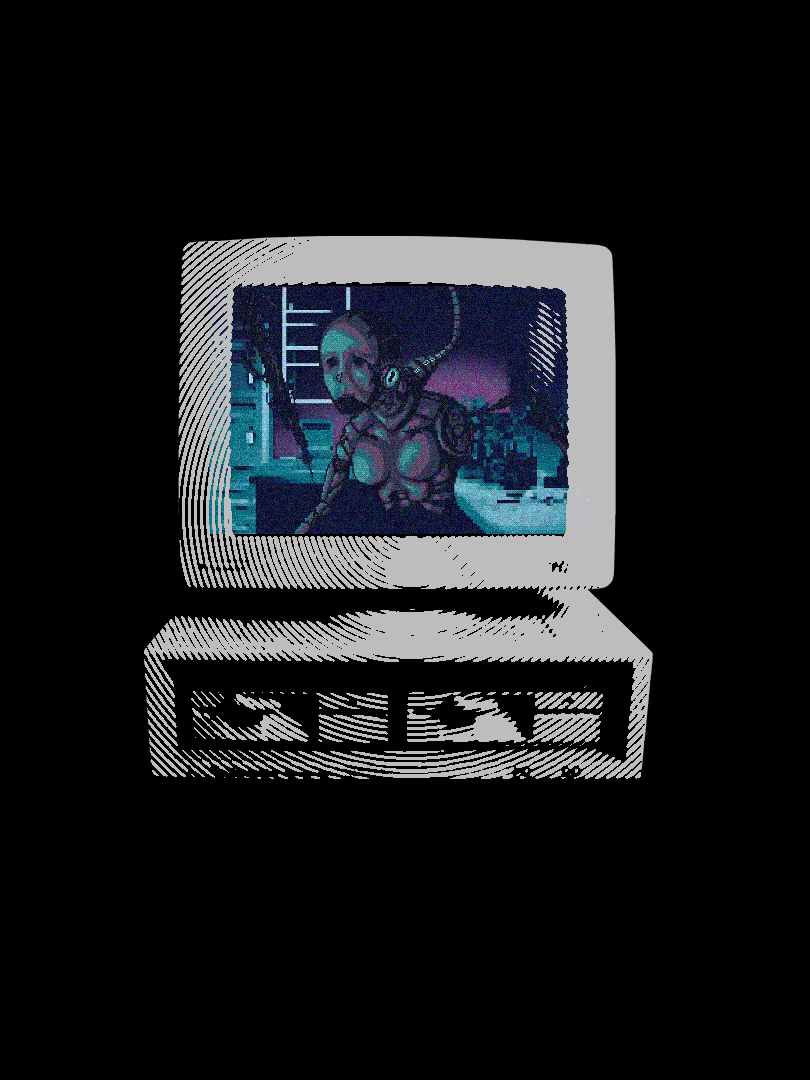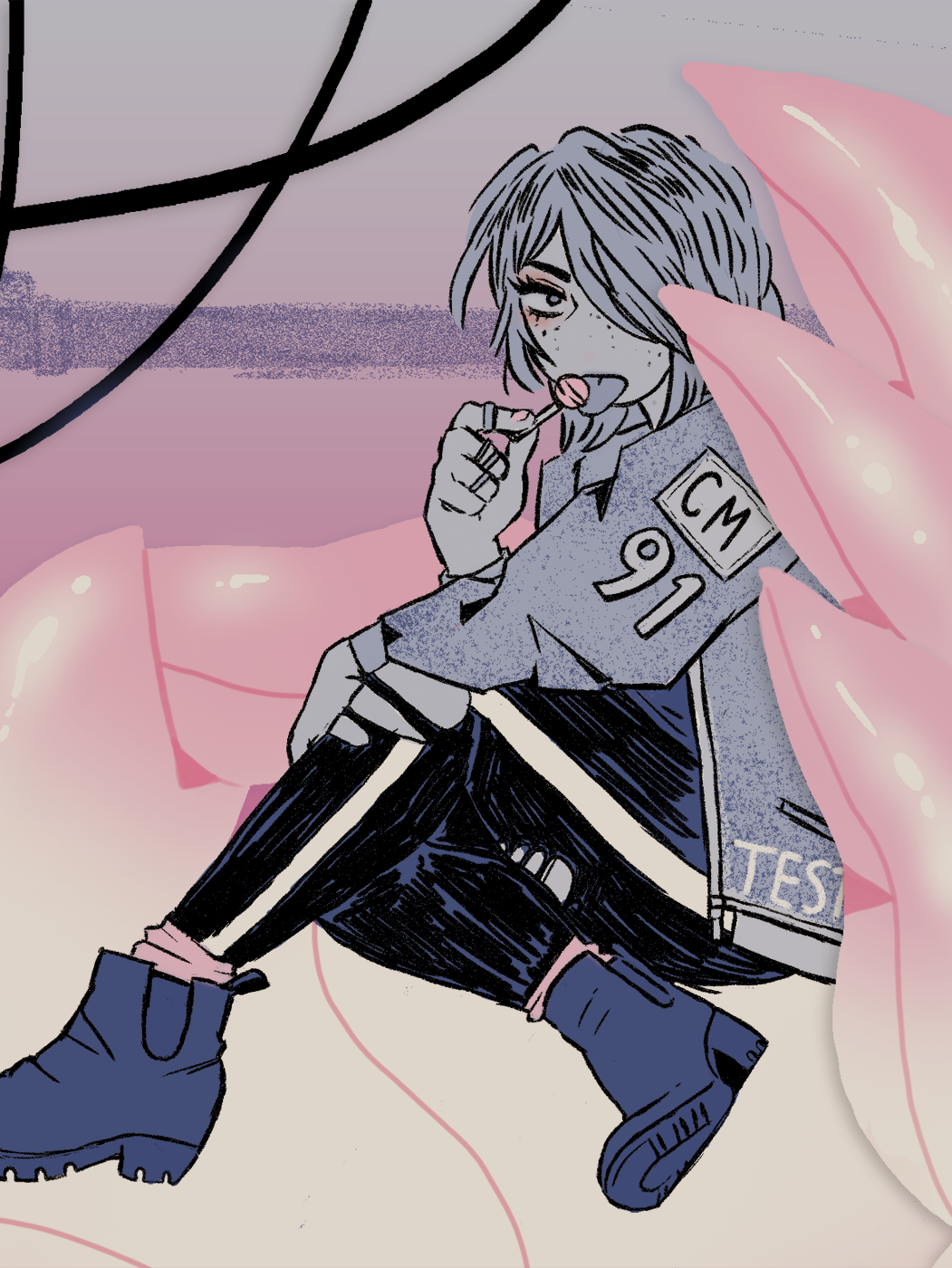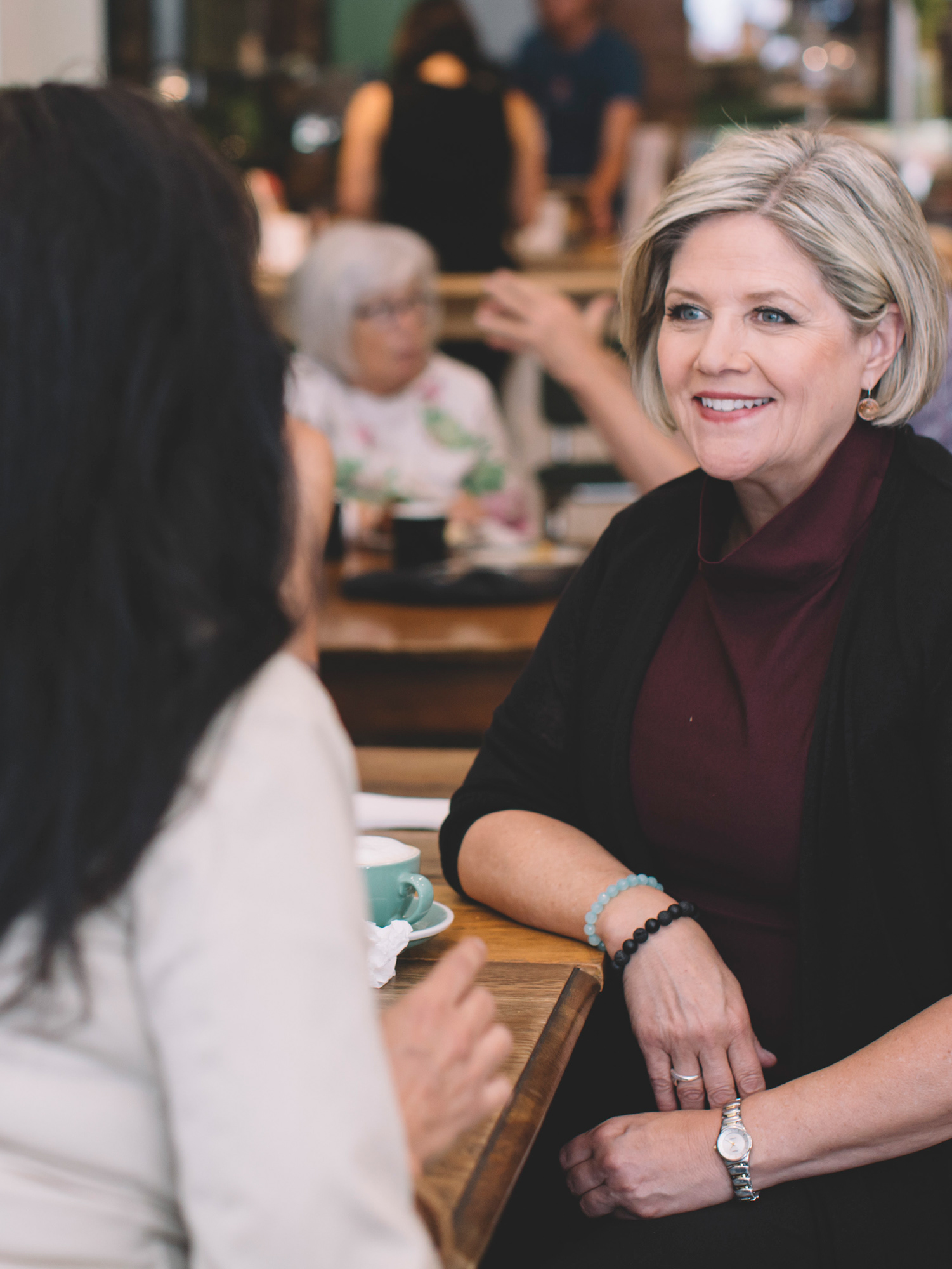Life is Strange (2015), is an episodic game, telling a story that is woefully under told in video games. It at once felt familiar: a murder mystery rolled into the classic coming of age story, with some narratively problematic science fiction elements thrown in for good measure. Yet, the game did something unique by talking about taboo things that usually don't find their way into games. Teen suicide, queer romance, euthanasia, modern day bullying, drug addiction and teen pregnancy are just a few elements that helped make Life is Strange stand out from the crowd. While it didn’t tackle all of these ideas perfectly, it gave players a chance to see and identity with characters or moments that might reflect their own personal lives – doing so in a pioneering way that games often don’t have the courage to show.
For me, and for many, Life is Strange has deeply resonated. I ended up with a strong personal connection to Arcadia Bay and its inhabitants. I found it to be immensely charming thanks in part to its soundtrack, relatable characters and meaningful narrative choices. I would revisit it many times, showing Arcadia Bay to others, and to further reflect on what it meant to me. I saw myself in Max, with her penchant for photography and her willingness to do the right thing. I found myself drawn to Chloe, she was a character with depth who felt very tangible. I only just got my own polaroid camera and instantly thought of Max’s animation capturing those little vignettes, while I worked to put together my own body of work with it. Dontnod, the original developer of the game, has since announced that they’re working on some sort of sequel. Before that arrives, however, we head back to Arcadia Bay with Deck Nine, the studio formerly known as Idol Minds. I was immediately cautious as the game would tell the tale of Rachel and Chloe, a story we already know the ending of. The story had closed on Arcadia Bay where Max and Chloe had reached an ending that was divisive, but also heartfelt.
I’m glad to have returned, though, as I was wrong about this story that I thought I knew. Before the Storm, so far, stands proudly alongside the original game. The return to Arcadia Bay is a welcome one: this is a story that needed to be told. In the original game, Rachel was an incredibly enigmatic figure. She was larger than life, and had roots that grew deep into Arcadia Bay. Almost every character had glowing things to say about her, as she touched everyone’s lives, and her absence was felt deeply. She reached across social lines, and almost every character, both minor and major, have a story to tell about her. She comes across as something to everyone, and everything to some. Now, though, we get to see and understand what she meant to Chloe.
Before the Storm doesn’t start off strong. Chloe comes across as a sometimes frustrating sixteen year old, with some understandable angst bubbling beneath the surface that rises up with an almost alarming frequency. In the game fumbling though, Chloe comes across as relatable and endearing. She has only recently lost her best friend and her father, one to circumstance and the other to an accident, and she’s desperately just trying to find her place in the world. She is sixteen and while slightly insufferable, we all were once. It’s when Rachel comes careening into Chloe’s life that the game picks up and becomes something special.Rachel is portrayed perfectly, thanks to some amazing voice acting, writing and new facial animation work (the stilted lip-syncing issue from the original game is very much gone). Her character does fall into a well known trope: the popular and successful girl who everyone adores, but harbours deep emotional problems and scars that she buries deep inside. It’s a cliché, but it works, and the chemistry of the two characters is instant. Before the Storm succeeds in two ways that I think the original Life is Strange fumbled on: showing a more relatable high school experience, and building a stronger queer relationship.
The original Life is Strange conclusion is oft criticized for giving the player an underdeveloped and ultimately unsatisfying choice that allowed you to see your queer relationship through. It’s a choice that led to many players creating their own endings to better serve the characters. Before the Storm instead makes Chloe a stronger bisexual character through her relationship with both Rachel and other characters. There is a moment where Rachel and Chloe are sitting side by side, watching the scenery pass by, and Chloe offers her a headphone of music. It is such a simple image, but being joined together by music is both symbolic and incredibly nostalgic, at least for myself. Chloe and Rachel find each other because of music, and music has a very important role in both the original game and Before the Storm. The songs help set the tone and atmosphere, and tie strongly into both game’s themes. The scene also immediately sent me back to bus rides in high school. Knees up on the seat, ear phones shared with a crush next to me, both lost and joined together by whatever song was blasting.
With the game taking place three years before the original, we also get a glimpse into many characters before their roles in Max’s life. We see a younger Victoria Chase and Nathan Prescott, as well as a new cast of characters that rope Chloe into various antics, such as a session of a Dungeons & Dragons analog. It lasts twenty minutes, and became one of my favorite gaming moments of the year, letting Chloe show her true colours and get out of her shell a bit. Chloe even steps up to a bully pushing Nathan Prescott around, making his origins quite clear.The relationship we see between Chloe and other characters we known, is just as strained in Before the Storm as in the original game. Chloe is furious at the world, and herself, which mostly manifests in her relationship with her mom, Joyce, and Joyce’s new boyfriend, David Madsen. We know David is just trying to do his best given our knowledge of future events, but Chloe and David butt heads immediately, struggling to find solid ground with each other. Knowing the outcome adds an interesting perspective to their conversations; I want them to get along because David just wants the best for Chloe, and Chloe knows deep down that David is a good step for her mom, but there is too much hate, guilt and blame that has built up between them for this to shine through. Even sadder, knowing the outcome of Life is Strange, we never see an emotional payoff in the form of closure for these two characters.
We get to see a mix of faces new and old, but they carry with them new voices. Due to a strike by SAG-AFTRA (Screen Actors Guild‐American Federation of Television and Radio Artists) against a variety of gaming’s publishers and developers over improving working conditions for voice actors, Before the Storm sees a new cast slotted into many of the game’s roles. For the most part this can be explained, as these are teenagers and three years can make a huge difference in someone’s voice. It’s off-putting at first though, especially for certain adult characters. It gives the game a weird dissociative feeling given the work it precedes. The biggest loss is that of Ashly Burch, the original voice actress for Chloe Price. Chloe’s new voice actor, Rhianna DeVries, ends up working out, especially thanks to the chemistry with Rachel’s voice actress, but it makes for a strange omission. Many people have opted to boycott the game, saying that supporting scab work will be damaging for the cause these actors are working towards. As of this writing, SAG-AFTRA have reached a tentative agreement, giving voice actors some improvement to working conditions, though not residuals, which would allow them to make money off a game’s financial success. This is something that needs to happen sooner rather than later. Actors help give the game a distinct voice, for example, Shepard in the Mass Effect series, and deserve to be included in a game’s financial success.
Personally, I chose to support this game despite the strike. The issue isn’t as black and white as it can initially appear. I believe in better working conditions for voice actors, but, condemning a game that is striving to bring stories and issues not usually found in mainstream gaming to more people should be supported. Plus, Deck Nine is essentially a new studio having shed its previous name and image and shouldn’t be brought down too. Deck Nine even brought in Ashly Burch to act as a guide and writer for the new Chloe, helping to maintain her voice, even though it wasn’t directly her any more. Punishing Before the Storm for the failures of larger companies, especially in the light of the strike ending, feels wrong.
Personally, I chose to support this game despite the strike. The issue isn’t as black and white as it can initially appear. I believe in better working conditions for voice actors, but, condemning a game that is striving to bring stories and issues not usually found in mainstream gaming to more people should be supported. Plus, Deck Nine is essentially a new studio having shed its previous name and image and shouldn’t be brought down too. Deck Nine even brought in Ashly Burch to act as a guide and writer for the new Chloe, helping to maintain her voice, even though it wasn’t directly her any more. Punishing Before the Storm for the failures of larger companies, especially in the light of the strike ending, feels wrong.
Before the Storm proves to be a return to form, not for the series itself, but for adventure games as a whole. These are the stories worth telling, and giving the space and voice to characters that aren’t larger than life, but more close to who we are as individuals, is powerful and worth celebrating. We can see ourselves in Chloe, in Rachel, and in Max and I’m looking forward to the rest of Before the Storm with optimism. Both Life is Strange and Before the Storm aren’t perfect, and they stumble and bumble on some things, but we all do and when they do hit those high notes, they’re some of the most powerful moments I have seen in gaming. Moments that continue to stick with me.
